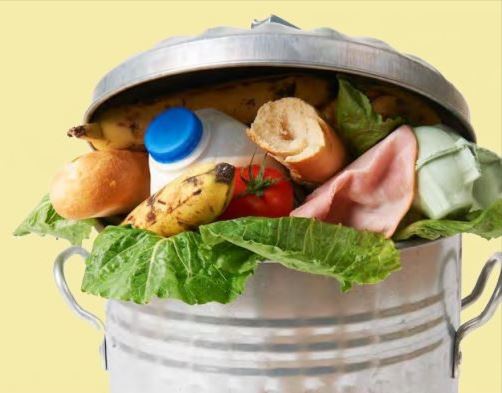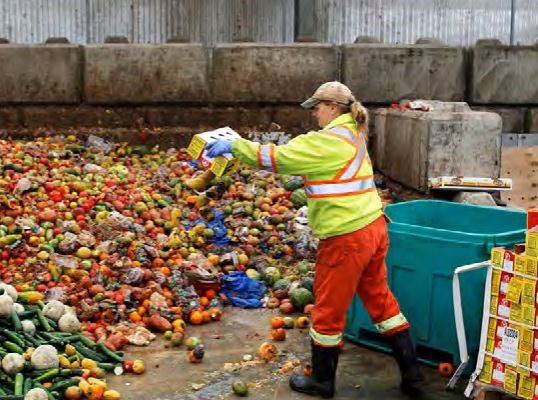The sixth International Day of Awareness of Food Loss and Waste (IDAFLW) was observed on 29SEP25. The date was chosen on 19DEC19, when the UN General Assembly adopted resolution 74/209. Awareness is important as one-third of all food ends up in landfills or spoils between field and consumption. The United Nations again drew attention to this scandalous fact in its latest Food Waste Index. It has also identified that the circumstances of this waste significantly contribute to global warming.

Food waste is an economic, environmental and social problem, the study says. Reducing food waste is an opportunity to lower costs and tackle some of the biggest environmental and social issues of our time: fighting climate change and addressing food insecurity, the authors conclude.
The dimensions are enormous
In the U.S. alone, food waste is estimated at between 30-40% of the entire food supply. The Food and Agriculture Organization (FAO) of the United Nations estimates that transportation inefficiencies contribute substantially to the issue. Around 30% of the world’s agricultural land is used to grow food that finally ends up in consumers’ or supermarkets’ garbage cans. In other words, one in three farms is essentially working for the trash bin, reports the online portal fruchtportal.de.
The authors of the UN study name three culprits responsible for this waste: 60% comes from households, including hotels and restaurants, 28% from food services, packaging and transportation, and 12% from retail.
In terms of figures, this means that in 2022, food waste totaled 1.05 billion tons, with households responsible for the loss of 631 million tons. This translates into food equating one billion meals. That is more than one meal per day for each person facing hunger around the world.
India loses 10 billion euros annually
According to stats delivered by the World Resources Institute,one of the biggest spendthrifts per capita is India, that produces 78.2 million tons of food waste each year – enough to feed 377 million people. Financially, this means that as much as 10.01 billion euros are lost annually in India due to food wastage.
This massive loss not only hurts India’s national economy but also strains resources like water and land, as it does in other countries facing similar wastage. The food loss also contributes to the climate crisis, as the waste problem is multi-layered and hits both farms and homes.
Poor infrastructure aggravates the food crisis
The Farm-to-Market Gap (Post-Harvest Loss) iswhere most food losses happen, accounting for approximately 13% of total production. Perishable items like fruits and vegetables (horticulture) are severely affected. The primary culprit is the lack of robust cold-chain infrastructure, including inadequate cold storage, pack-houses and refrigerated transport, leading to spoilage before produce even reaches the market. In addition, warehouse workers or freight forwarders often lack the necessary expertise, as they have not received any special training in the proper handling of temperature-sensitive shipments. Insufficient expertise coupled with ignorance often leads to containers or pallets filled with perishable goods being left unprotected in the blazing sun at an airport apron for hours before being loaded onto an aircraft.

Rotten fish
For example, a large shipment of fresh fish that came from Durban, South Africa, bound for London via Vitoria, Spain, proved to be largely spoiled as local airport personnel detected during the stopover of the aircraft at the Basque Airport, because the fish had not been adequately cooled at the Durban warehouse prior to its departure.
According to the Food Waste Index of the UN, between 8% and 10% of global greenhouse gas emissions are caused by food waste. This is around three to four times the emissions produced by civil aviation globally.
Given this fact, it is surprising that the issue of CO2 emissions caused by food spoilage hardly plays a role in protests by activists, international organizations, political decision-makers, and scientists against the ongoing and scandalous waste of nutrition.




